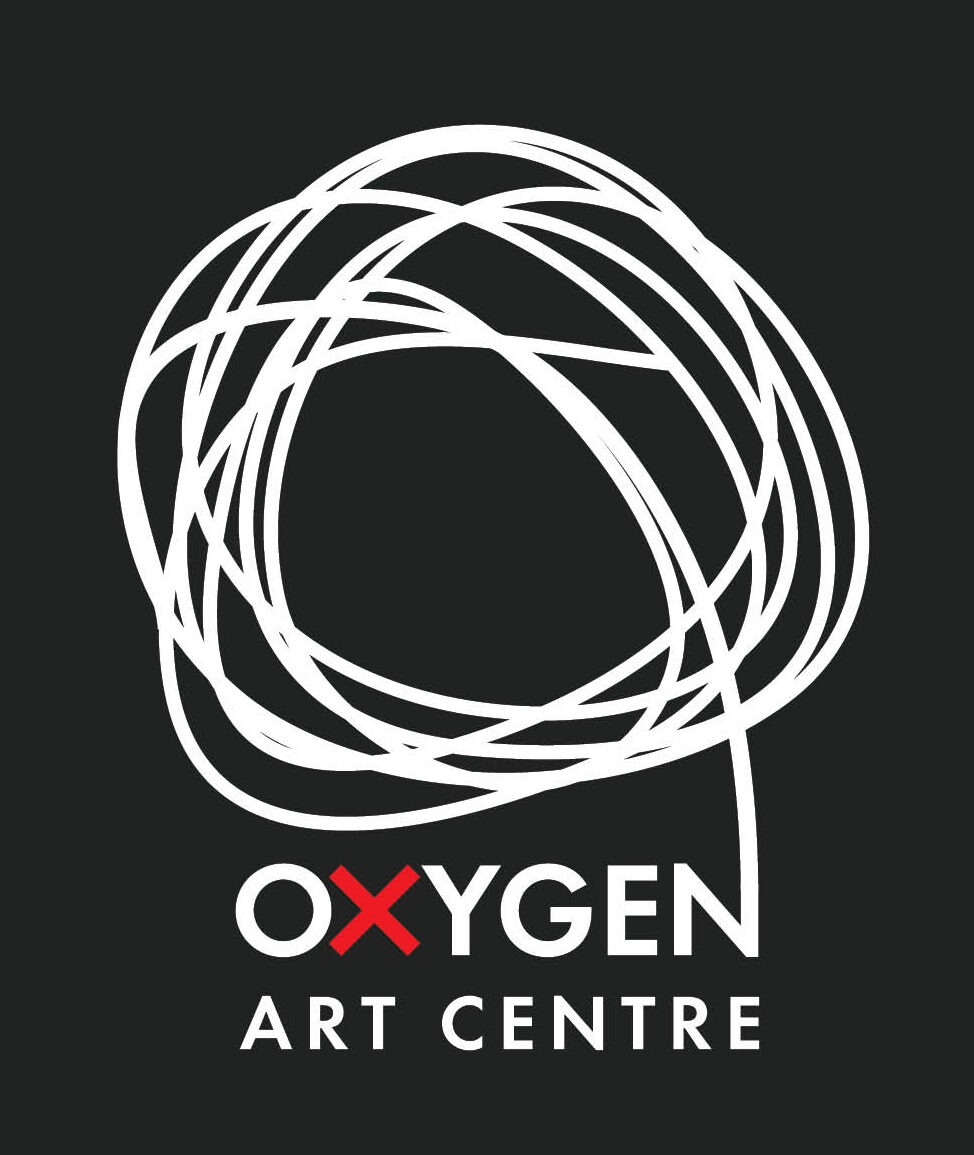Genevieve Robertson
Residency
12 November – 20 December 2025
Artist Talk
[postponed, more details to follow]
Open Studio
Saturday, December 13, 2025, from 1:00pm – 3:00pm
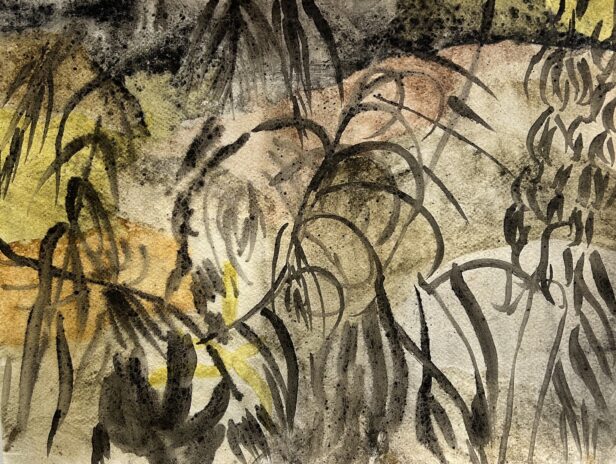
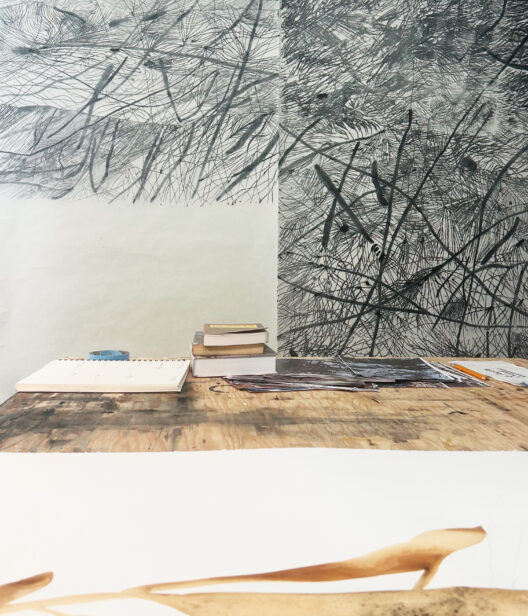
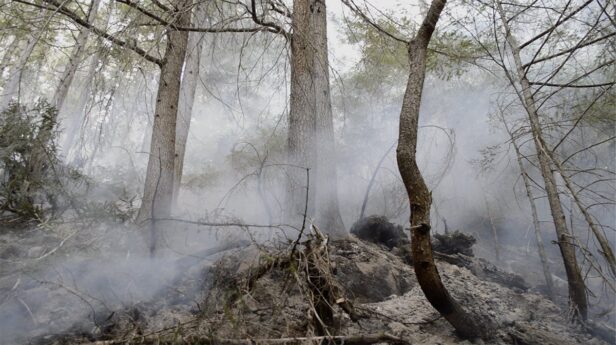
images: (above) slope study, charcoal, ash, soil, elderberry, tansey and fireweed ink on paper, 11×17, 2025. Materials collected at Duhamel Creek fire on unceded Sinixt territory; (top right) Experimentation with monoprinting, studio view featuring works in progress, 2025; (middle centre) Monument Creek Wildfire, video still, October 2022; All images courtesy the Artist
Oxygen Art Centre is delighted to welcome Genevieve Robertson as artist-in-residence from November 12, 2025, to December 20, 2025.
The artist-run centre welcomes Robertson for this residency at an auspicious moment in her practice to provide space, time, and resources to focus on a body of work intended for exhibition at the Midlands Art Centre, UK, in Spring 2026, which will be shared with the community through an open studio event. Robertson shares the following statement and images of works in progress to provide context on her practice and her approach to the residency:
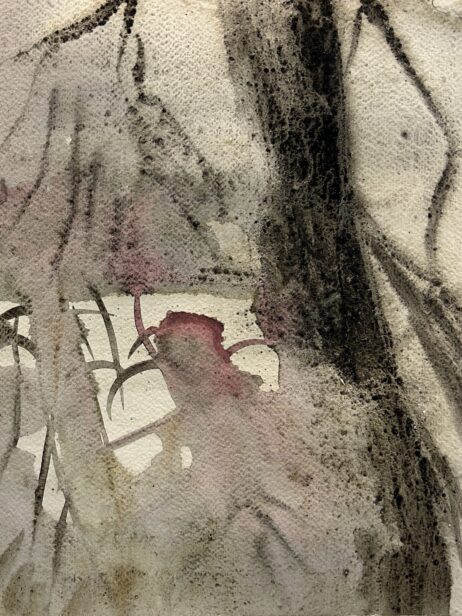
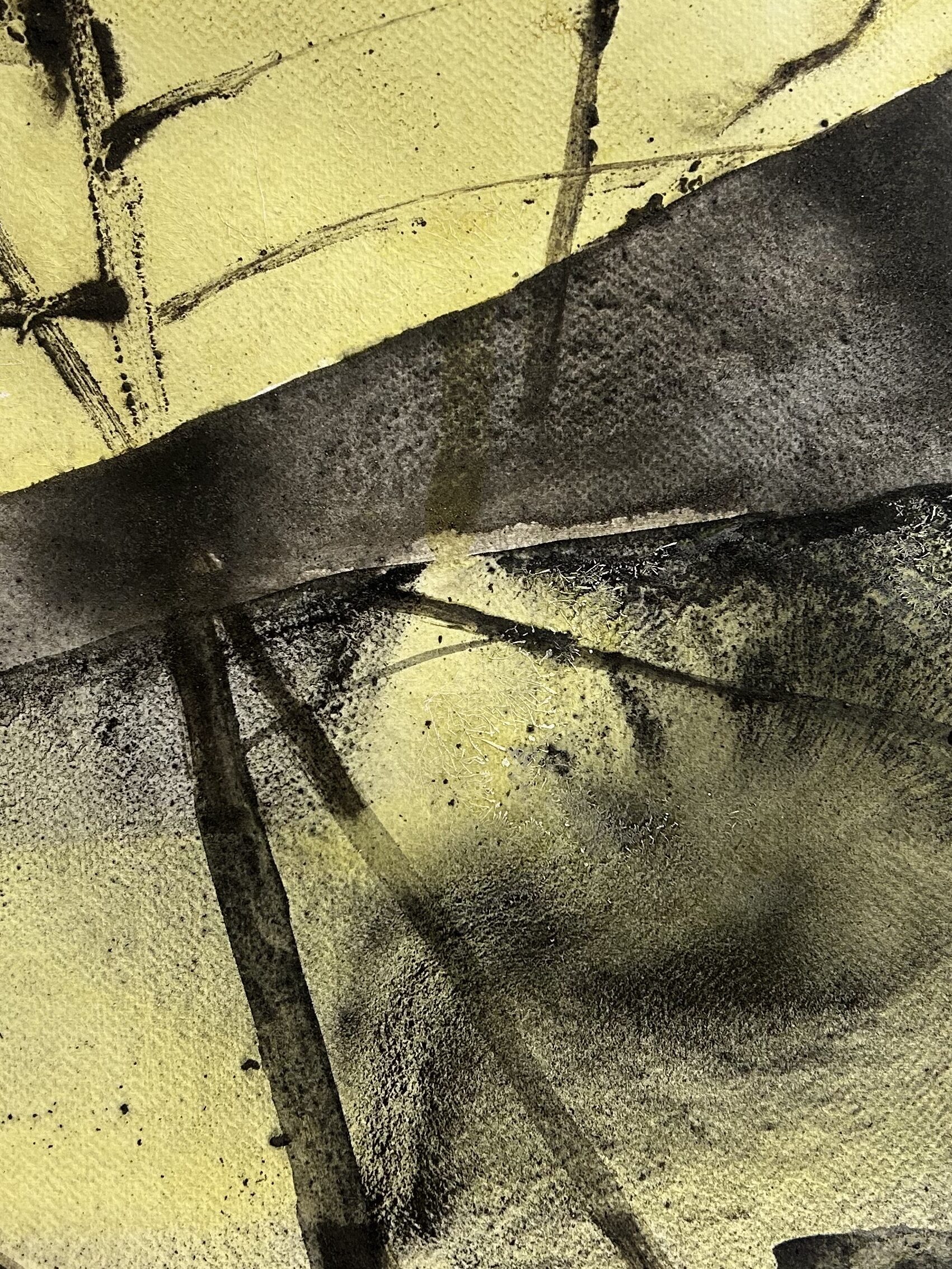
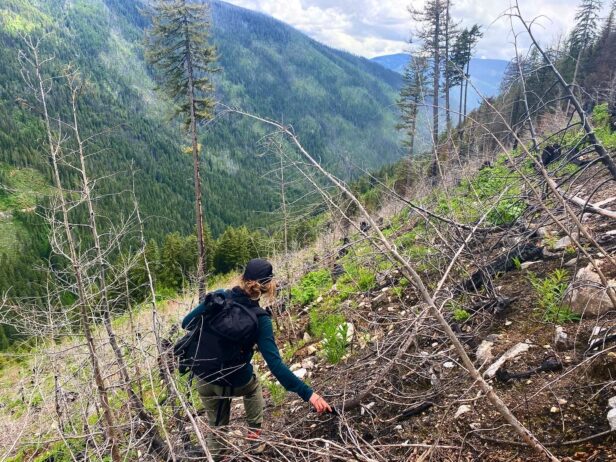
images: (left) slope study, charcoal, ash, soil, elderberry, tansey and fireweed ink on paper, 11×17, 2025. Materials collected at Duhamel Creek fire on unceded Sinixt territory; (right) Monument Creek Wildfire fieldwork, June 2024, Image credit: Emily Nilsen; (bottom) work in progress; All images courtesy the artist
As an artist I’ve had enduring interests in water, ecology, resource extraction and climate change. My work is often site-informed, which has given me the opportunity to spend extended amounts of time in various ecosystems, from recovering industrial sites, to stretches of marine shoreline, to flooded river systems and unprotected old-growth forests.
I often work with found materials, collecting and processing minerals, industrial products, and plants to create my own pigments that hold traces of the sites and politics they came from. As an image maker, I work in critical conversation with the histories of landscape representation and biological illustration, while aiming to draw attention to the largess and enchantment of the animate and elemental world.
While at Oxygen Art Centre this fall, I’ll be working on a project that will be exhibited at Midlands Art Centre, UK in spring 2026. This in-process multimedia project is informed by two forest ecosystems. First, the primordial forested swamps that created the coal later mined from the Black Country region of the West Midlands, UK during the Industrial Revolution. Second, Monument Creek Wildfire, a wildfire and clearcut site (block R14738E), on a steep slope above Duhamel Creek in the West Kootenay, which I’ve been visiting and recording since it was still smouldering in 2022.
Regular, seasonal visits to Monument Creek Wildfire have catalyzed research into dye plant harvesting and processing, vegetal intelligence and regeneration in the aftermath of fire, and histories of plant representation and their colonial entanglement. Through an artistic inquiry into two forests that are over 7000 kilometers and 310 million years apart, my aim is to make connections between the histories, materials and lifeforms that haunt these profoundly extracted places.
-. Genevieve Robertson, September 2025
Robertson will be artist-in-residence at Oxygen Art Centre from November 12, 2025, to December 20, 2025. While in residence, the public are invited to attend an Open Studio event on Saturday, December 13, 2025, from 1:00pm to 3:00pm. The Artist Talk event has been postponed to a later date. All events are free to attend. Everyone welcome.
About the Artist
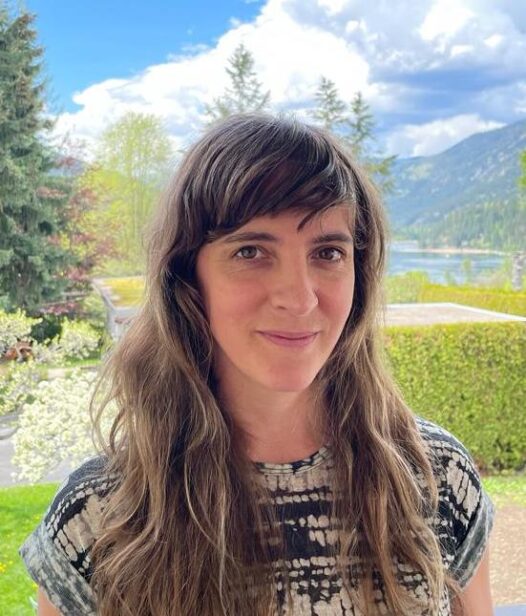
Genevieve Robertson
Genevieve Robertson works at the intersection of visual art and environmental studies. Her practice is grounded in drawing and painting, extending to video, installation, and various forms of collective work and collaboration. Through long-term place-based research projects, her work explores anthropogenic impacts on ecology and the climate, and the intelligence and interconnection of the life systems of which we are part. Robertson holds a BFA from NSCAD University (Halifax) and an MFA from Emily Carr University (Vancouver). She has been supported through exhibitions, publications, symposia, and residencies internationally. Genevieve’s work is informed by a personal and intergenerational history of forestry labour in remote camps all over British Columbia. She is of mixed European settler ancestry and currently lives and works in Nelson, BC, with her partner and twin toddlers, on the unceded territory of the sn̓ʕay̓ckstx Sinixt Confederacy Arrow Lakes and Yaqan Nukiy Lower Kootenay Band peoples.
This program is generously supported by the Canada Council for the Arts, the BC Arts Council, the Vancouver Foundation, and the Regional District of Central Kootenay ReDi program.
